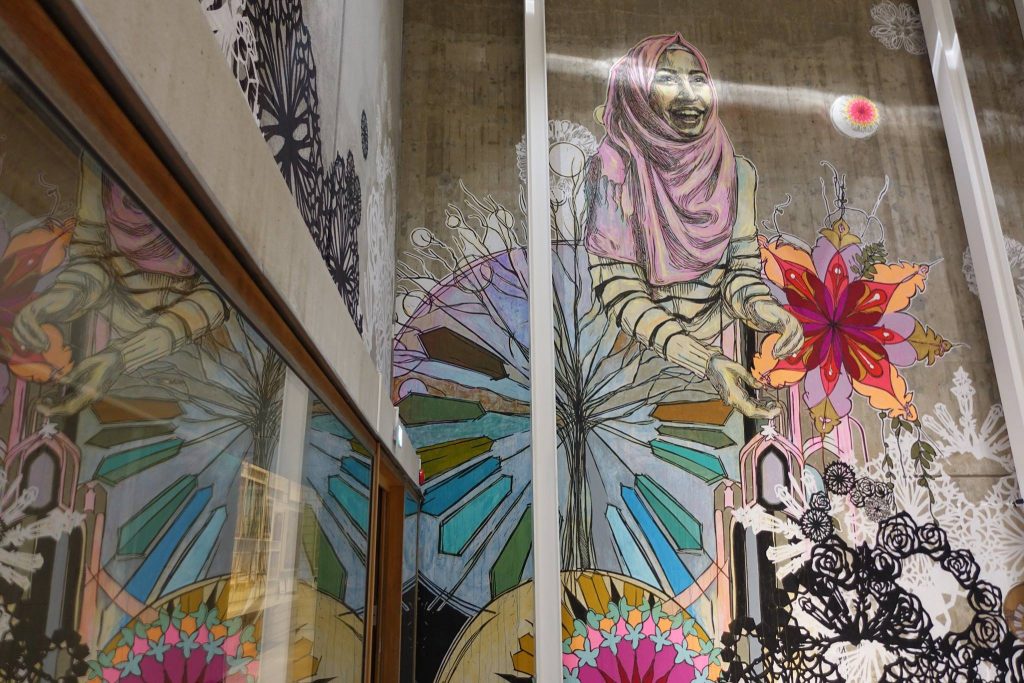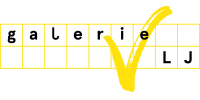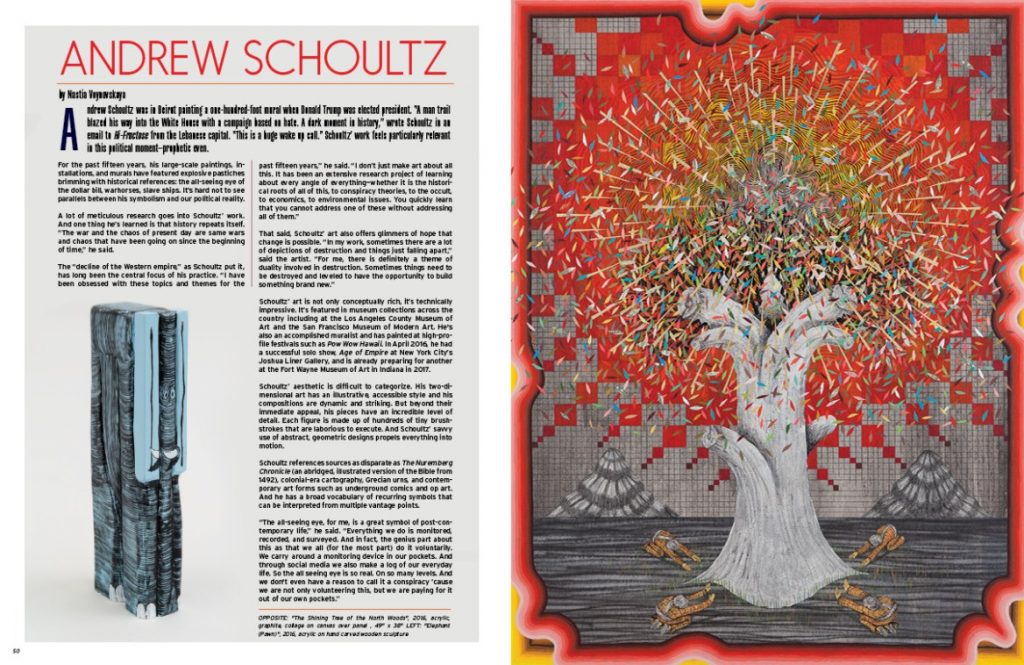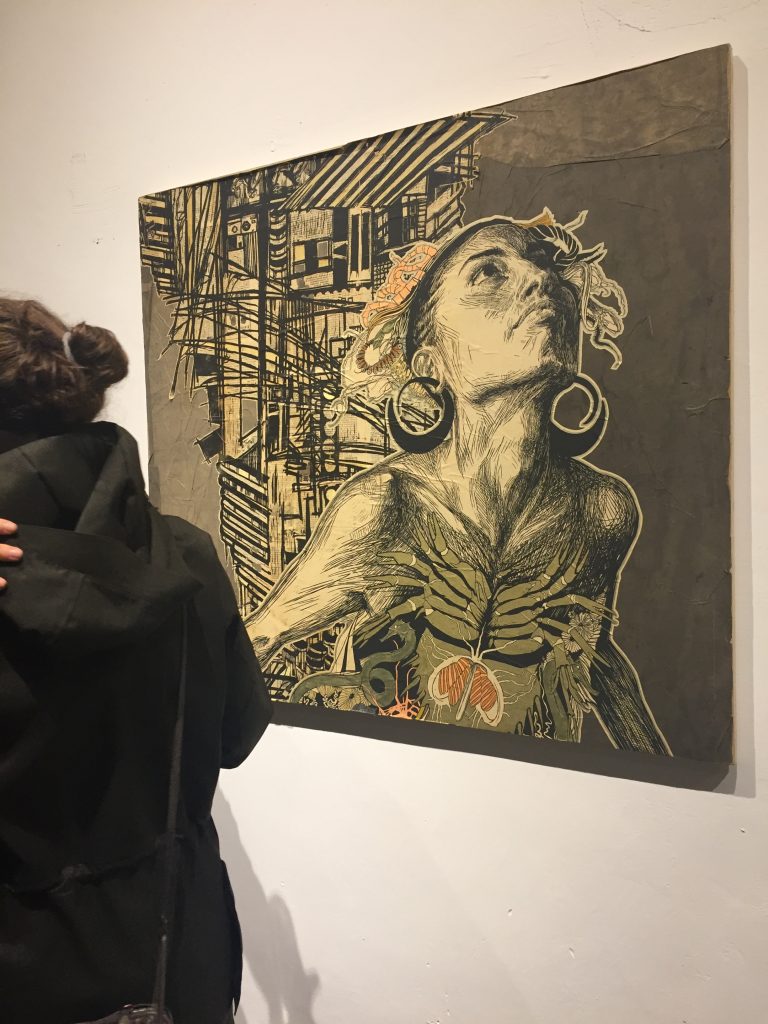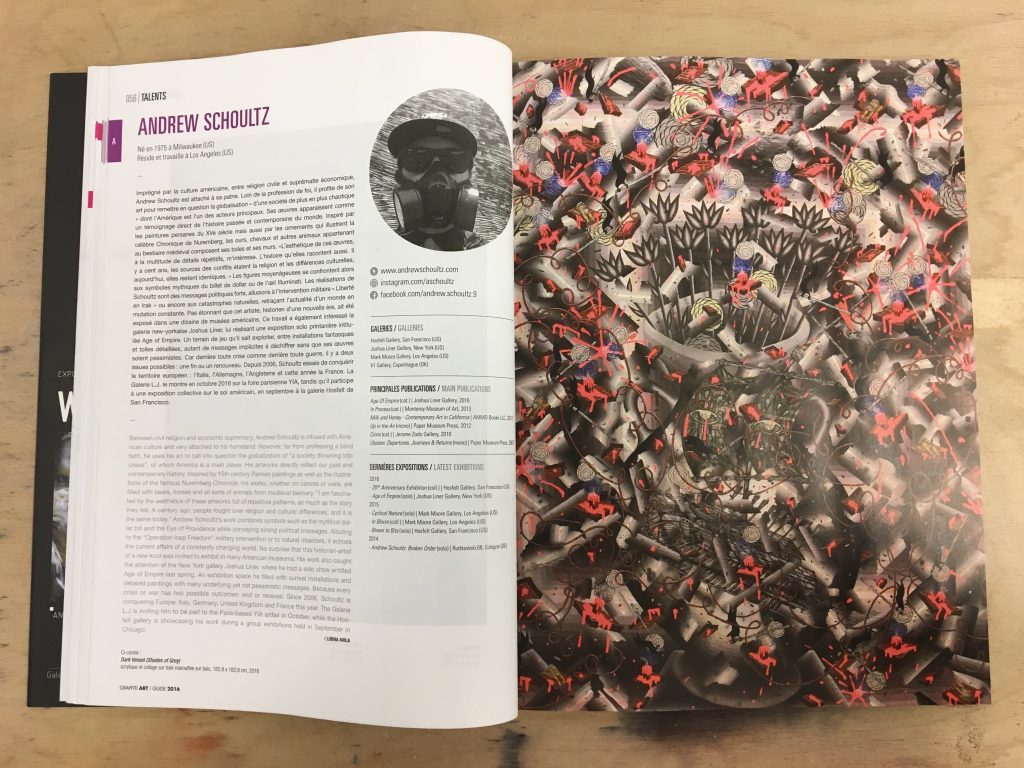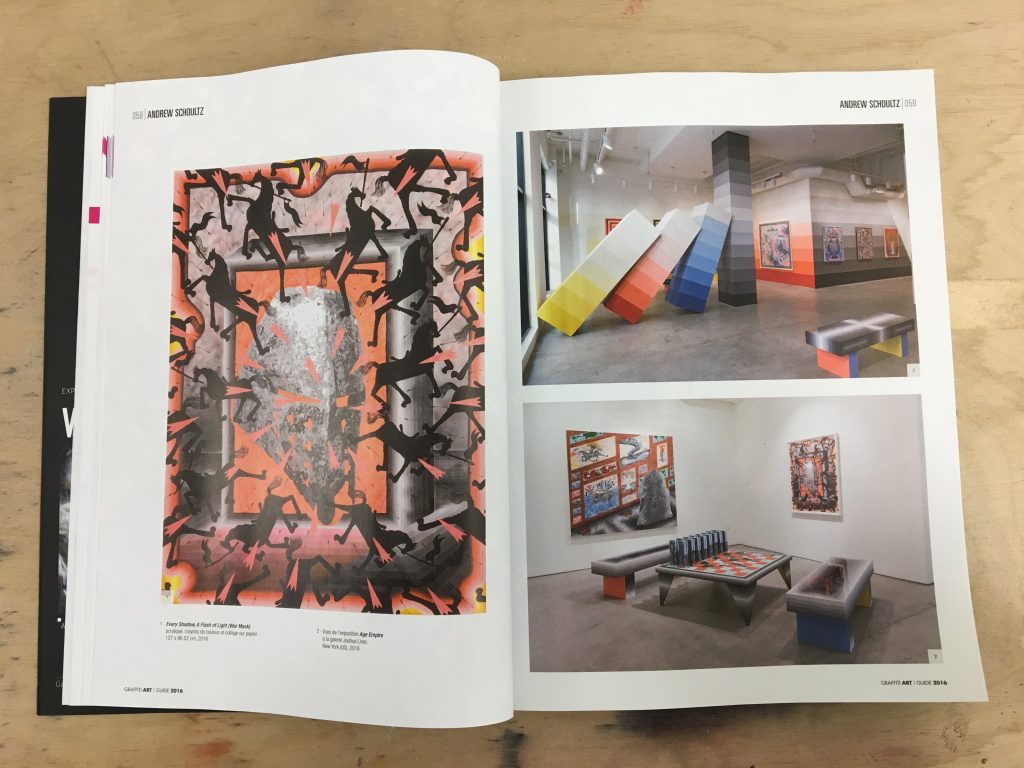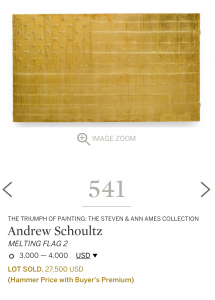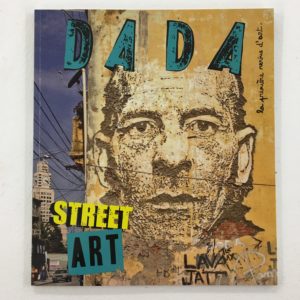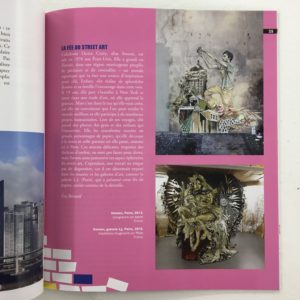Swoon @Skissernas Museum, Lund, Sweden
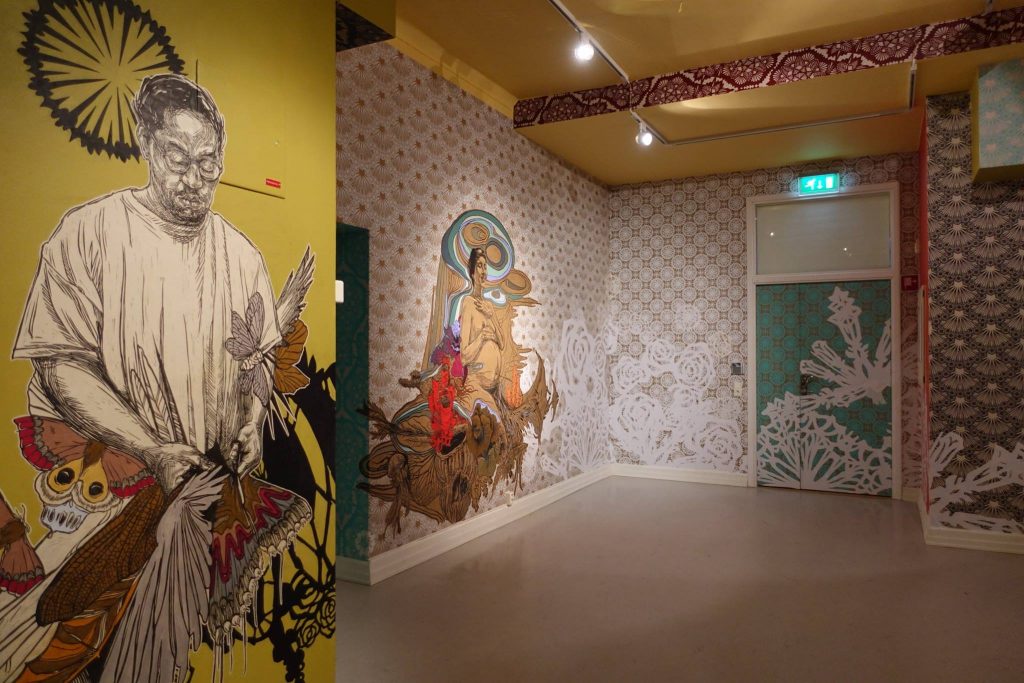
The Skissernas Museum in Lund, near Malmö in Sweden, has reopened in January 2017 its collection of sketches and preparatory drawings – the largest in the world. On this occasion the museum has invited SWOON for a solo exhibition and site-specific project.
SWOON’s exhibition, “Haven”, covers 3 floors of the museum with installations, as well as the courtyard with a site-specific monumental pasteup – her largest as of today. This is her first major exhibition in a museum in Sweden.
From January 28th thru August 13th 2017
